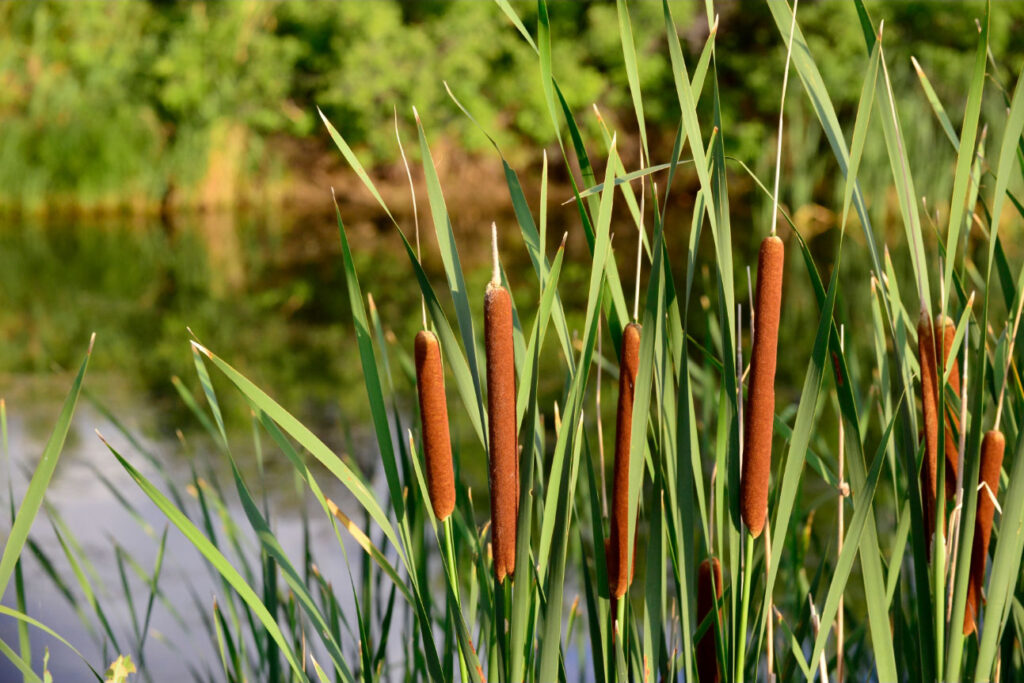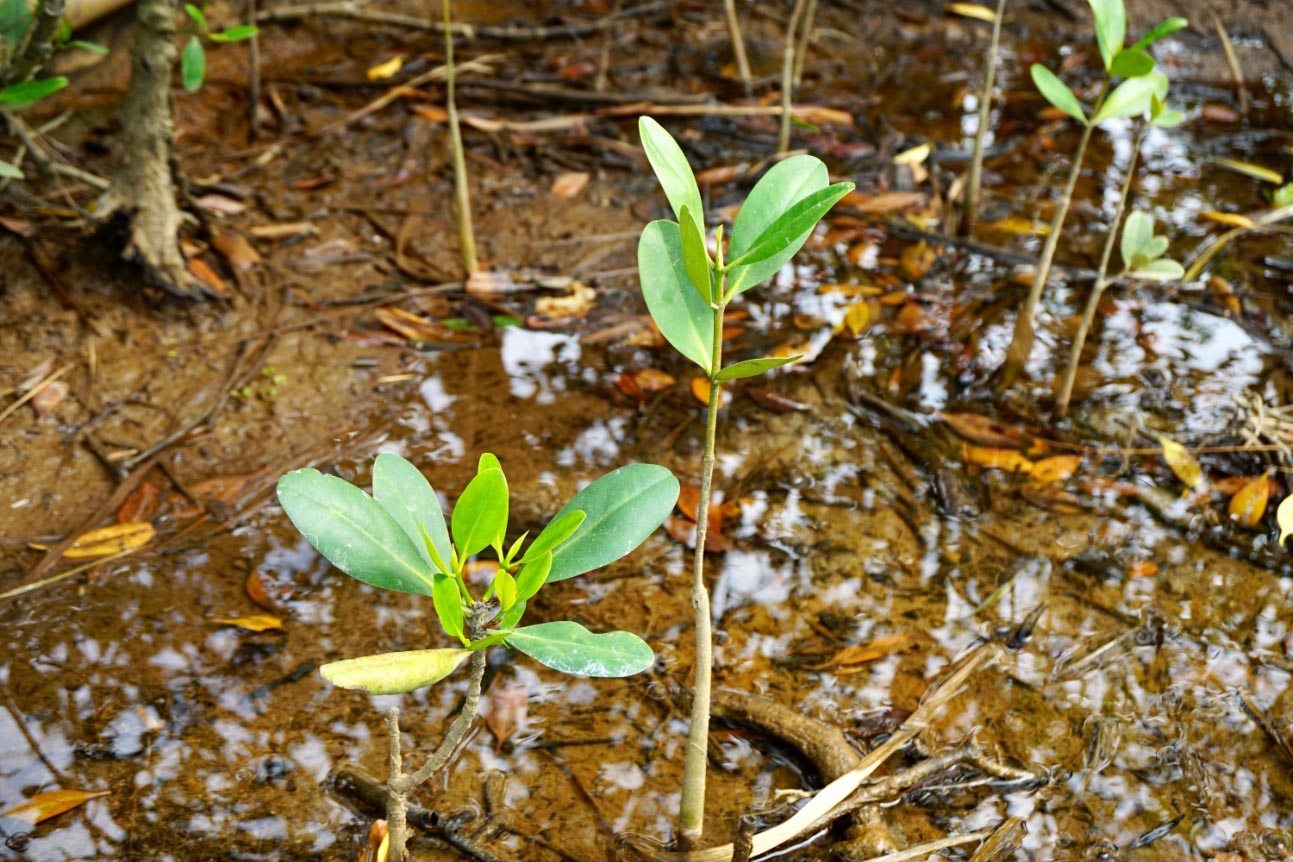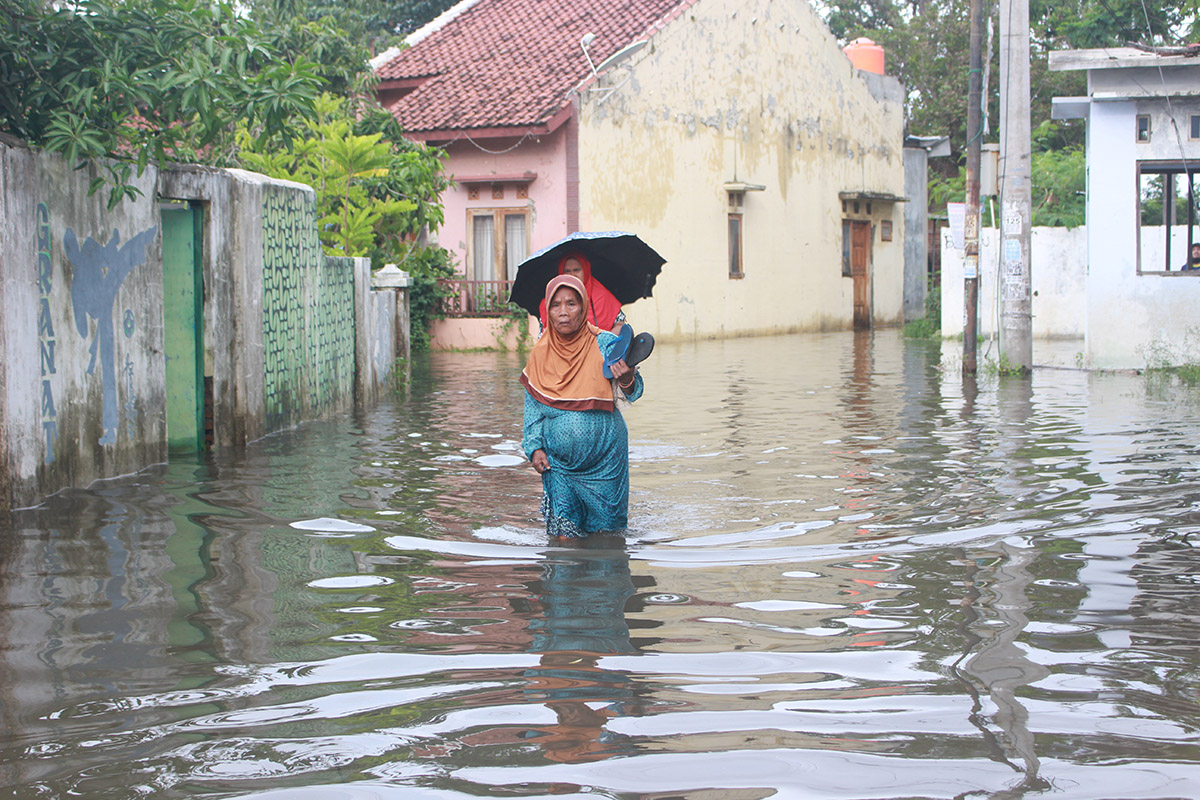World Wetlands Day; The Earth’s ‘Kidneys’, Saving Ours
January 31by Ewura Adwoa Larbi
February 2 is World Wetlands Day. Picture a world where 96.5 per cent of the Earth’s surface is filled with ocean water and there is no buffer between the dry land and this behemoth. Floods would bombard every land and life on land would look dystopic.
What are Wetlands?
This is the essence of wetlands. They are the natural sponges that absorb excess water and protect life on land from such a predicament. Although they cover only about six per cent of the Earth’s land surface, they host 40 percent of all plant and animal species representing an incredible ecosystem. Unfortunately, wetlands are in danger globally as one of the ecosystems with the highest rates of loss and degradation.
World Wetlands Day
Historically, World Wetlands Day became official to mark the anniversary of the signing of the Convention on Wetlands of International Importance (Ramsar Convention) in Ramsar, Iran, on February 2, 1971. Subsequently, the day has been used to: raise public awareness of wetland values and benefits as well as promote the conservation and sustainable use of our wetlands. This year, a light is shown on the vital functions of wetlands in human health under the theme “Wetlands and human wellbeing.” With the aim to highlight the interconnection of human well-being with the world’s wetlands – mental, physical and environmental, our focus is drawn to what we can each contribute to safeguard wetlands.

Wetlands and our Wellbeing
Worldwide, the increase in mental health issues is concerning. According to the National Center for Biotechnology Information, approximately eight million deaths are attributable to mental health disorders annually. Interestingly, research shows that wetlands are effective mental health promoters. Findings by the wetlands restoration charity WWT, reveal that the scenery and aura of wetlands induce relaxation and mental restoration in people living with anxiety and depression. The research has birthed the Blue Prescribing Project; a nature-based form of social prescribing which allows health care professionals to refer patients to non-clinical services such as hanging out in natural wetland areas in the community, to improve their health. Indeed, soothing sounds from waterfalls, unique bird calls, and gentle breezes from tall trees are likely to improve one’s mood.
Again, wetlands provide the avenue for recreational activities including hiking, walking, swimming and kayaking, which promote physical wellbeing. Such exercises enhance blood flow and overall health. In addition, wetland plants and animals have served as resources for human medicines, spanning centuries. Indigenous peoples discovered many plants especially, that treat various health complications. The Pacific yew tree (Taxus brevifolia), for instance can be found in certain wetland areas, and is a source of paclitaxel, a compound used in cancer treatment. Paclitaxel has proven effective in treating cancers, including ovarian, breast, and lung cancers and researchers are working on synthetic production to alleviate extraction damage to the plants.
Finally, the most popular role of wetlands is the influence on our environmental health. As natural water purifiers, wetlands are known to remove pollutants from surface waters. Hence the moniker, “Kidneys of the earth”. They essentially filter and capture sediment, and settle it to the bed of the wetland for plants use, leaving our waters cleaner. Again, the soils in wetlands can store carbon over eons which is crucial in the fight against carbon-induced climate change.
Commemoration Ideas
As we observe this day, what could we do in our own small ways?
- As an individual or family: Explore a nearby wetland area and participate in events such as clean-up activities, bird-watching excursions, or educational workshops focused on wetlands.
- As a business or student: Support a conservation organization by contributing to or volunteering with their wetland preservation and restoration efforts.
- As a smartphone user: Engage in advocacy on social media to raise awareness about wetland conservation.
- As a school/organisation head: Make a celebration and event out of it by hoisting a poster on your notice boards or speaking briefly about the day through your telecoms or intranet.
- As a teacher/parent: Teach your students or wards about the role of wetlands today.
There is so much we could do to salvage the global wetland decline, to among others guard human wellbeing from one “kidney” to another.






